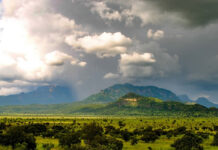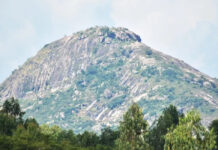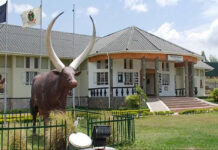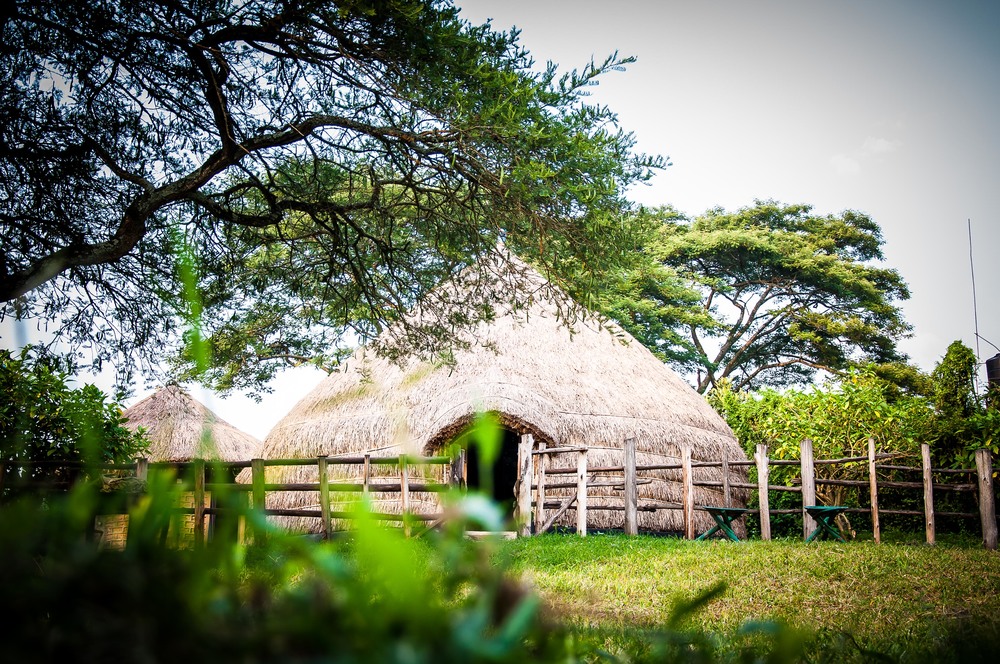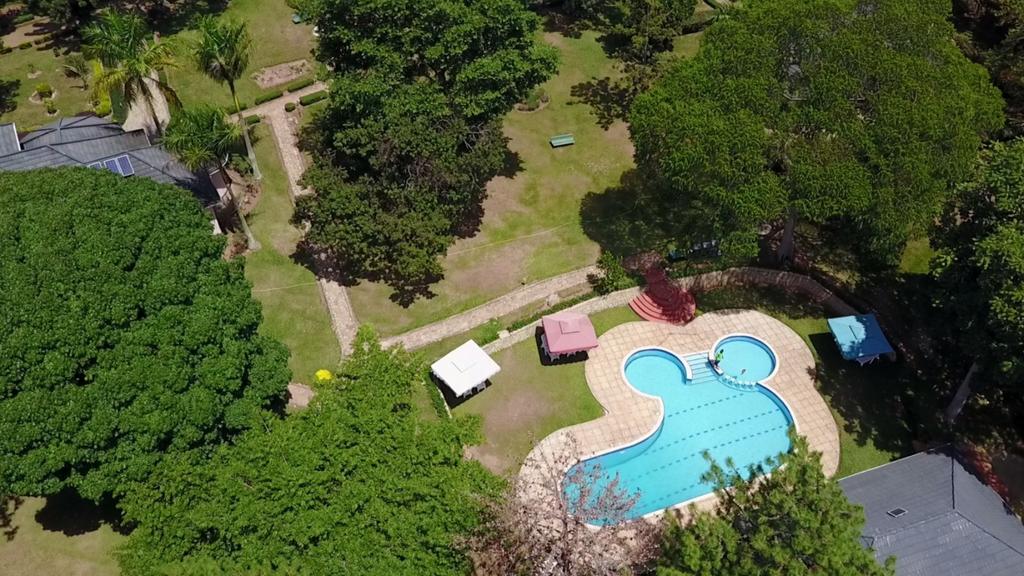Uganda is a home to several Caves that hold significant information on the history of Uganda, most of which provided shelter and hiding place for the Bushmen and Iron Age people. While on a Uganda safari, cave exploration is one of the adventures that you should not overlook. Surprisingly, most of these caves are found in Western and Southern sides of Uganda and most of them were formed from earthquakes that produce ditches. These ditches measure up to 5 meters deep, around one meter wide and always slope outwards to some meters at the top. In terms of extensiveness, these ditches stretch for a number of meters in curved lines that at times appear in a semi-circular form. Some of the historical Caves that you cannot miss include;
The Munsa Earthwork
The Munsa Earthworks are the most extensive of all the earthworks in Uganda and are made up of collections of deep trenches that were built as defense mechanism. These Caves are near the Bukekete Hill-a popular rocky outcrop full of tunnels and caves. Munsa derived its name from the Lunyoro word “Mu-ensa which means an “area of trenches” because it has several trenches.
The Munsa Caves are historically associated with the Bachwezi and the tradition is demonstrated by the archaeological proof indicating that the caves and the residence at Bukekete Hill in the 14th century. Archaeologists also agree with the traditional theory that the leader of the Munsa had his residence within the Bukekete Hill, in a cave vast enough to accommodate up to 50 people. The surrounding earthworks that measure 7 meters wide and 3 meters deep and were dug out in a V-shape making it challenging to cross are likely to be battlements to guard the rocky Royal fortress.
The contemporary Archaeological experiments at Bikekete Hill came across a complete Clay furnace that is mostly used for smelting iron or glass beads, submitting that there was some king of trade connection with the Coastal Swahili traders and probably some sort of a royal burial site. One of the remains-inform of skeletons at Bukekete was found underneath a second reversed skeleton, hence it is presumed to be a burial site.
Bigo Bya Mugyenyi Archaeological Earthworks
Bigo Bya Mugyenyi precisely means the “Fort of the Stranger” and this site is a 10 square kilometer sequence of Archaeological earthworks with an interior Royal circumvallation constructed on a small hill and acted as a protection to the Mugyenyi’s cattle. This site has numerous trenches of up to 5 meters/16 feet deep and so far the most extensive and most significant earthworks dug by the Bachwezi people-a two reining dynasty which was unfortunately short lived. The legends link the Bachwezi with the origin of the long-horned cattle. The Bigo Bya Mugyenyi is nestled at the confluence of River Katanga and River Kakinga. The myth suggests that the landmarks were formally created to preserve the eastern end of the Bachwezi Empire, but that towards the end of Wamala’s rule. When the Bachwezi state of affairs were threatened by the arrival of the Luo social-climbers from South Sudan, the King himself migrated to Bigo and made it his center/Capital. It is believed that Mugyenyi was the name of the Bachwezi Prince who was in charge of digging the earthworks.
Ntusi Earthworks
The Ntusi site is exceptional from the other earthworks because it does not have a ditch system. It takes pride in its vast basin enclosed by stacks which are always known as dams in addition to other stacks elsewhere on the site. Some of the stacks at Ntusi site are older than all the ditch systems at other earthwork sites. The most popular of the stacks are locally referred as the female and male. Digging in the site has proved that these earthworks are enormous pile of bones/skeletons, pottery fragments and other waste materials. There are also immense heap refuse deposited more than 300 years Ago during the first half of the second millennium. Their significance has often been acknowledged by more current occupants around the village-where the name Ntusi means mounds/stacks. There are a number of dragged holes around Ntusi Village, the largest being Bwogero depression-of about 20 meters/66 feet deep and about 150 meters from the Make mound. Bwogero was likely part of the massive irrigation system some evidences of which still exist up to today.
Ngarama Cave of the Batwa
The Ngarama Cave is found in Kisoro district and its entry/exit measures about 342 meters and is around 14 meters deep. This is one of the most interesting underground Caves in Uganda and was inhabited by the Batwa-utilized as a hiding place during raids on their neighbors, meeting place and Court house
Nyero Rock Paintings
The Nyero Rock paintings are particularly important for tourists interested in human history. The Site is comprised of three rocks-all of which lie in a stone throw away from each other. The most fascinating is rock number two which is about 6 meters high and can be accessed through a narrow cleft between two enormous rocks. The Nyero Rock paintings are believed to be about 3 centuries old or even more.
The Amabere Ga Nyinamwiru Caves
These are probably caves with the richest and most exciting history of all and very interesting to visit while on a safari to western Uganda-especially to Kibale Forest National Park. These stalagmites and stalactites are surrounded by legends which hold more water than their scientific formation. Amabere Ga Nyina Mwiru is literally translated as “Nyina Mwiru’s breasts because the beast-like structures with whitish substances present Nyina Mwiru’s breasts that were chopped off by her father because she rejected a marriage proposal from a man suggested by her father who was the King. This angered the King chopped off her breasts so that no man would love her but that didn’t stop a man from admitting her. It is believed that after the breasts were cut off, she hid into then Caves.
Other remarkable Caves worth exploring include Semwama Hill Caves and the Nsongezi Rock Shelter among others.
In conclusion, Uganda is not only a land of beautiful natural attractions but also breathtaking earthworks/caves with rich cultural and historical significance that will capture your attention and maintain lasting memories.


